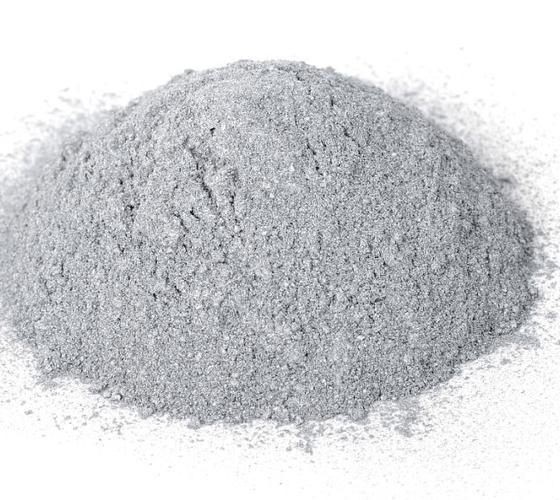Tungsten is a white heavy metal belonging to Group VIB of the periodic table. The dense metal tungsten has a similar appearance to steel. Tungsten has an atomic number of 74 and an atomic weight of 184. Its melting point is the highest among all metal elements, and its density (19.3 g/cm ³) is very high, similar to gold. The hardness of tungsten is also very high, such as tungsten carbide, which has a hardness similar to diamond. In addition, tungsten also has good electrical and thermal conductivity, as well as a small coefficient of expansion, making it widely used in fields such as alloys, electronics, and chemical engineering. Among them, hard alloys are the largest consumer area of tungsten. The mechanical properties of tungsten are largely related to its pressure processing and heat treatment state. In the cold state, tungsten cannot undergo pressure processing, and forging, rolling, and drawing all need to be carried out in the hot state.

Tungsten Powder
In the field of alloys, tungsten has high hardness and a density close to gold, which can improve the strength, hardness, and wear resistance of steel. It is an important alloying element widely used in the production of various steels. Common tungsten-containing steels include high-speed steel, tungsten steel, and tungsten cobalt magnetic steel with high magnetization and coercivity.
These steels are mainly used to manufacture various tools such as drill bits, milling cutters, wire drawing dies, and female and male dies. The melting point of tungsten is the highest among all metals, and its hardness is also very high, so it is often used to produce high-strength and wear-resistant alloys.
For example, alloys of tungsten with chromium, cobalt, and carbon are commonly used to produce high-strength and wear-resistant parts such as valves and turbine impellers for aircraft engines, while alloys of tungsten with other refractory metals (such as tantalum, niobium, molybdenum, rhenium) are often used to produce high thermal strength parts such as nozzles and engines for aircraft rockets.
In the field of electronics, tungsten has strong plasticity, low evaporation rate, high melting point, and strong electron emission ability, so tungsten and its alloys are widely used in the electronics and power industry.
For example, tungsten wire has high luminous efficiency and long service life, so it is widely used in the manufacture of various light bulb filaments, such as incandescent lamps, iodine tungsten lamps, etc. Tungsten wire can also be used to manufacture direct-heating cathodes and grids of electronic oscillating tubes, as well as side-heating cathode heaters in various electronic instruments. The characteristics of tungsten make it also suitable for use as an electrode material in TIG welding and other similar jobs.
In the field of chemical engineering, tungsten compounds are commonly used as catalysts and inorganic colors. For example, tungsten disulfide is used as a lubricant and catalyst in the production of synthetic gasoline, bronze-colored tungsten oxide is used in painting, and calcium or magnesium tungsten is commonly used in fluorescent powders.
Inquiry us
If you want to want to know more, please feel free to contact us. (nanotrun@yahoo.com)
